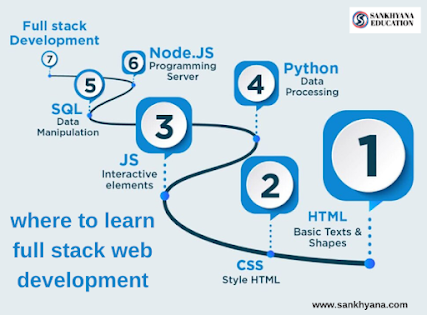5 Data Science Mistakes to Avoid
5 Data Science Mistakes to Avoid
Data science is a dynamic and evolving field, and mistakes are an inevitable part of the learning process.
Introduction:
Data science is a powerful field that leverages data to make informed decisions and gain valuable insights. However, even the most seasoned data scientists can fall prey to certain mistakes that can compromise the effectiveness of their analyses and lead to erroneous conclusions. In this blog post, we will explore five common data science mistakes and provide actionable tips on how to avoid them.
1. Neglecting Data Quality:
One of the most critical aspects of data science is the quality of the data being used for analysis. Data that is inaccurate, incomplete, or outdated can lead to faulty results and misguided decisions. To avoid this mistake, data scientists should invest time in thoroughly assessing the data's quality, cleaning it if necessary, and validating its integrity. Proper data preprocessing techniques, such as imputation and outlier handling, should be employed to ensure the data is fit for analysis.
2. Overfitting the Model:
Overfitting occurs when a machine learning model is trained too well on the training data and becomes overly sensitive to noise and fluctuations. While the model may perform exceptionally well on the training set, it fails to generalize accurately to new, unseen data. To prevent overfitting, data scientists can use techniques such as cross-validation, regularization, and feature selection to strike the right balance between model complexity and generalizability.
3. Ignoring Business Objectives:
Data science should always be driven by the specific business or research objectives at hand. It is crucial to understand what the stakeholders are looking to achieve and align data analysis accordingly. Failing to connect data science efforts with business goals can lead to irrelevant insights and wasted resources. To avoid this mistake, constant communication with stakeholders and a clear understanding of their expectations are essential.
4. Lack of Exploratory Data Analysis (EDA):
Jumping straight into building complex models without thoroughly exploring the data is a common mistake. Exploratory Data Analysis (EDA) is a crucial step in the data science process that helps to understand the underlying patterns, relationships, and potential outliers in the data. By visualizing and summarizing the data, data scientists can make informed decisions about feature engineering, model selection, and preprocessing steps.
5. Disregarding Ethical Considerations:
Data science often involves working with sensitive and personal information, and ethical considerations should never be overlooked. Mishandling data privacy, biased model development, or inappropriate data use can have severe consequences for individuals and organizations. Data scientists must be vigilant about ensuring data privacy and fairness, while also being transparent about their methods and results.
Conclusion:
Data science is a dynamic and evolving field, and mistakes are an inevitable part of the learning process. By recognizing and avoiding common data science mistakes like neglecting data quality, overfitting, ignoring business objectives, lack of EDA, and disregarding ethical considerations, data scientists can enhance the reliability and impact of their analyses. Continuous learning, open communication, and a strong commitment to data integrity are essential in building successful data science projects.
.png)

.png)

Comments
Post a Comment